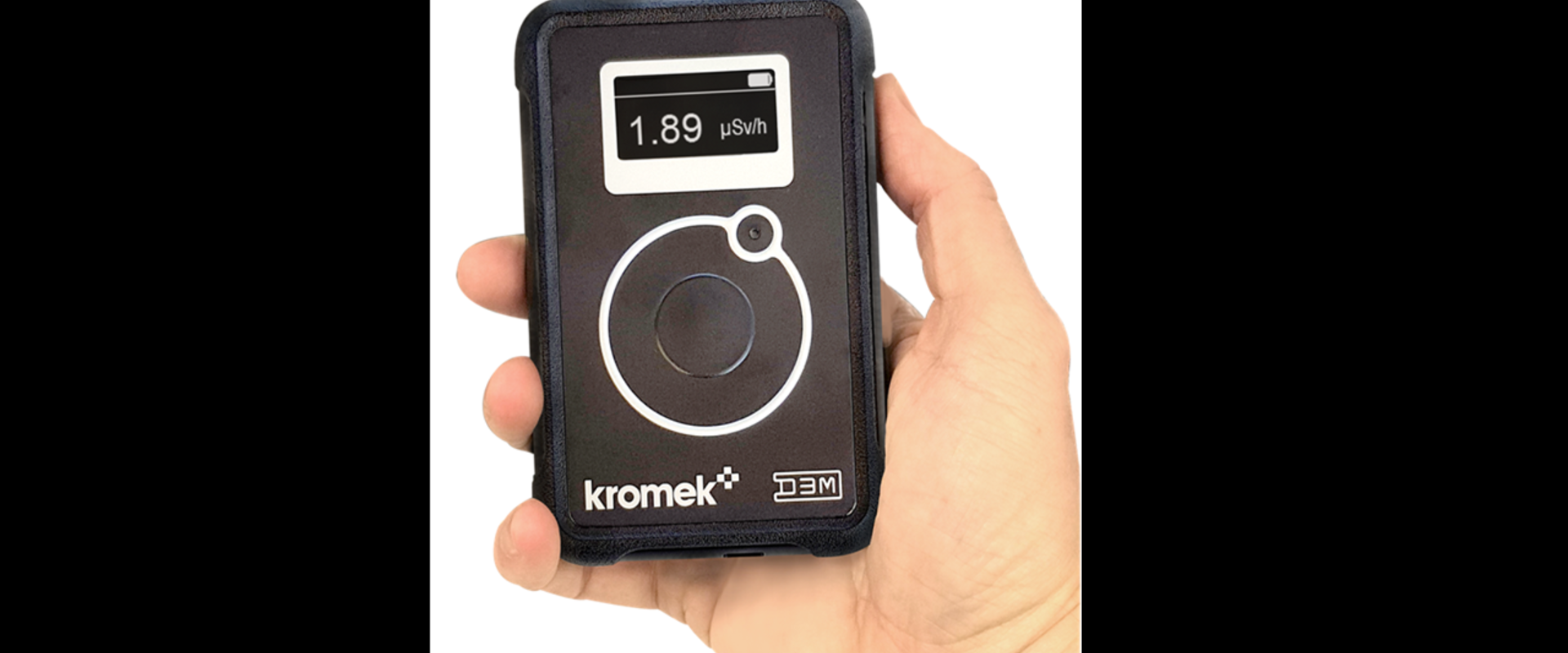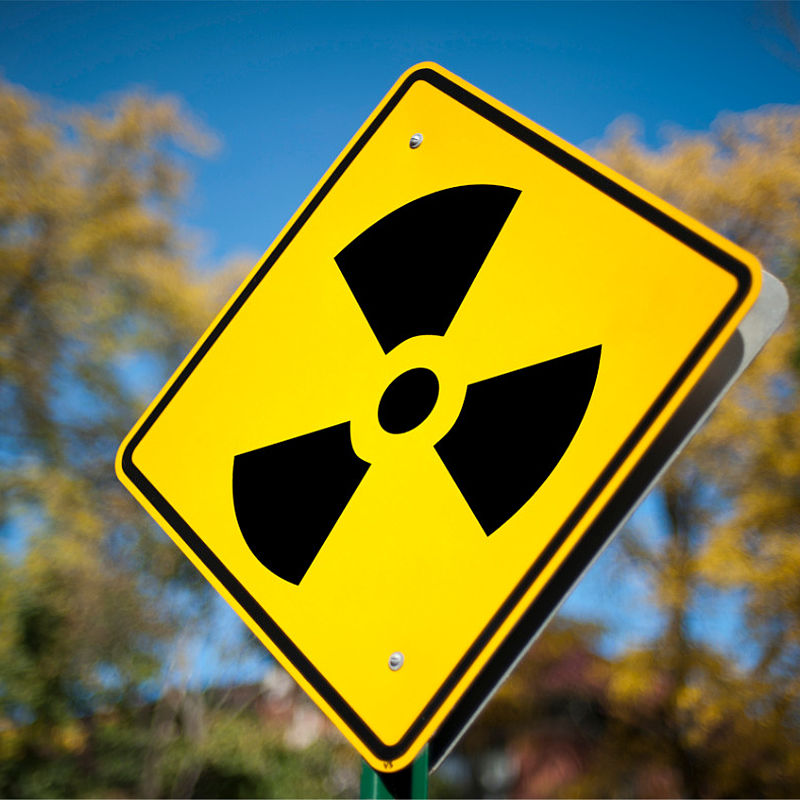
Mobile radiation detectors for public security
Challenge
Ionizing radiation can cause sickness or even death in those exposed to it. Nuclear incidents can arise by accident or, potentially, by direct acts of terrorism. In both scenarios an accurate knowledge of the amount and type of radiation present is important to allow appropriate decisions and introduce countermeasures.
Static radiation monitors offer excellent coverage for areas of national security such as airports, railways and ship terminals but can be bypassed and are not easily relocated. To detect neutrons, released by materials such as plutonium, many of these also require Helium-3 (He-3) which has a limited global supply. Immobile detectors may also fail, as in the case of Fukushima in 2011, leading to a lack of knowledge about the types and levels of radiation present.
Multiple, mobile detectors capable of collectively pooling data could support information gained from static detectors and significantly extend real-time coverage of radioactive threats or the illicit trafficking of radioactive materials.
However, existing portable radiation monitors in Europe were ‘stand-alone’ with limited coverage. Environmental radioactive sources could also cause interference, generating false alarms.
Little was also known on the effect on measurement accuracy and reproducibility of combining measurements from multiple detectors, essential to ensure an appropriate response to a nuclear incident.
Solution
In the EMPIR project Preparedness ten networkable D3S and D3M handheld gamma and neutron radiation detectors were supplied by project partner Kromek, a leading developer of radiation detection solutions. Field trials were then performed to examine range and accuracy under high and low radiation dose fields.
At NPL, the UK’s National Metrological Institute (NMI) detectors were exposed to sources with varying radionuclides and their respective activities including Am-241, Cs-137 and Co-60. Results indicated these performed well, remaining responsive up to extreme dose rates at 1 Sv/hr with an accuracy of 50 μSv/hr.
To validate response to ultra-low radiation levels the units were examined in a reference field laboratory by PTB, Germany’s NMI, before testing in the naturally low radiation levels of the Underground Laboratory for Dosimetry and Spectrometry (UDO) in the salt mine of esco (K+S) in Grasleben, Germany. This showed the detectors had an extremely low background reading of around 1.5 nSv/h and additional tests were performed at the UDO with radioactive sources Co-57, Co-60, Cs-137, Am-241 and Ra-226 with dose rates <300nSv/hr.
Impact
In 2014 America’s Defense Agency DARPA initiated SIGMA an inter-linked network of portable radiation detectors and by 2019 this system was deployed to Europe. Through the work of the Preparedness project, Kromek was able to demonstrate the operability and high accuracy of its handheld devices and now offers its cost-effective, SIGMA compatible D3S NET gamma and neutron radiation monitor for environmental monitoring. Along with access to the SIGMA network it consists of a D3S detector and an android app capable of identifying 42 isotopes – more than specified by the European standard IEC 62327 applying to handheld instruments used for detecting radioactive material.
The D3S NET can be deployed from vehicles, carried by personnel or mounted on drones for areas where radiation would be too harmful for humans. Not requiring exotic He-3, thousands can be linked via a telecommunication network, sending data to a central control point in seconds.
The detector can also discriminate between naturally occurring radiation, radiation from medical and industrial applications and special nuclear materials, such as plutonium and uranium, thus allowing a more informed response to an alert.
The implementation of these types of sensor networks will provide greater safety to the public in the event of a nuclear incident and help prevent future terrorist threats.
- Category
- EMPIR,
- Environment,
